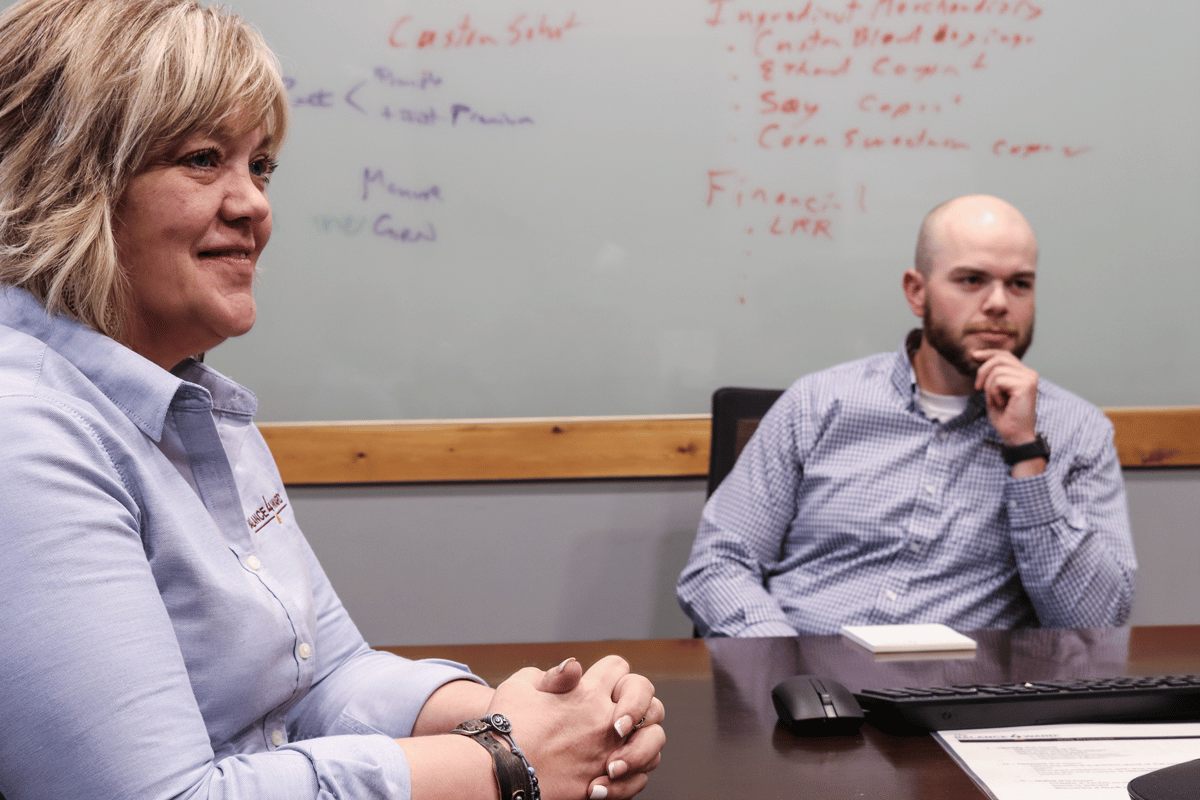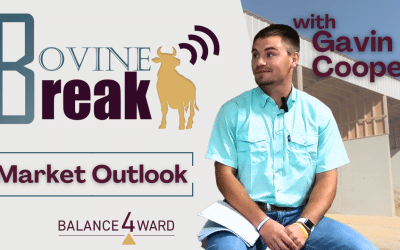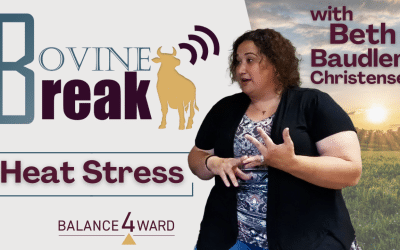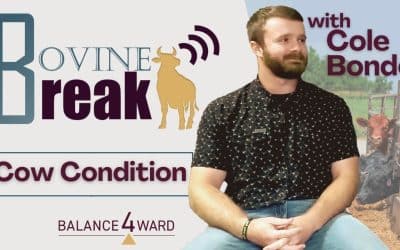Remember the days of checking the DTN screen at 10am and lunch or your packer buyer driving in your feed yard with their best bid? How about catching the market on the radio? Market volatility has changed the cattle business. Many factors have been the cause of change such as investment funds, the speed of communication, algorithms, formula pricing, etc. We believe the cause of market volatility is not going away anytime soon. Also, we believe we can build new success models to compete in modern times. We all know what is not working and we will never transition back to “slower times.” Marketing cattle, cash to cash, can be brutal and hedging small profits is the fast track to nowhere. BALANCE4WARD has been working on a success model that will help mid-market cattlemen get more of what they want out of their business. We call it the B4W Advantage. It is based on four simple principles; preparation, trade the trend, rhythm, and teamwork. Allow us to explain how those four principles can help you build a success model.
Preparation
Dwight Eisenhower said, ”Plans are worthless, but planning is everything.” In my mind, planning is taking the time to run scenarios, knowing that the result you want will not come in a logical way. Many cattlemen are wearing many different hats and working 7 days a week, creating a time problem. The mind never has a calm minute. From our experience, when we commit to working on the business rather than “in it”, we can prepare for what is coming. We believe in the preparation of a business plan, ahead of risk management, is the first step. In the business plan, we run scenarios projecting future highs and lows and break evens, establishing a bias. We think having a written bias is key to pulling the trigger when the time is right. Planning only works if there is confidence in the preparation work to pull the trigger.
Trade the Trend
This principle makes us different than most risk managers. We believe that decision making does not start with accuracy of accounting, projections, true costs, or break evens. The trend does not care; however, we do believe these things are crucial later in the process. The problem that we are fixing is the lack of money at the bottom of the market. Cattlemen are good at recognizing tops and bottoms. We believe the problem comes when cattlemen want to keep pens full. This is a chain reaction of a tough decision: Do I leave them open and gamble on a rally or hedge them close to a break even? Both are a hard way to make money. To make it more complicated, you can add option trades. We prefer to trade the trend. We do more selling in the first half of the year and more buying in the second half. Selling cattle before you buy them is less risk than buying cattle, betting on a rally. The carry in the market almost always allows this.
This seems simple in concept and it is; however, it is not easy to execute. Many people get out of step with this cycle. For example, buying calves in October and hedging them in November for May delivery against June, while the winter weather and spring rally kills your projection. Another example is buying calves in October and protecting them with an expensive put option. The market rallies and by the time you pay the premium, there is not a profit left over. Trading the trend means to stop focusing on what caused the market to move and refocus on when the market moves. That is all noise out of your control. Focus on preparing for market direction and looking for selling opportunities before you buy cattle.
Rhythm
The cattle industry draws smart, independent, multitaskers, which makes awesome problem solvers and decision makers; however, these strengths can also become a weakness. Often, these individuals are so driven to results like any other entrepreneur, they struggle at designing a system to communicate the knowledge they have in a rhythm that others can understand and help with. We want to pull the wisdom of each cattle feeder’s head and help them communicate that message. We have developed a cadence to do just that. Our system allows all stake holders to row in the same direction by following 5 steps: (1) Business plan, (2) Market Direction, (3) Policy, (4) Working Orders, (5) Pull the Trigger. These 5 steps are the B4W Advantage. We believe that without a system, great ideas get lost with poor communication.
Teamwork
Lastly, no one person can do this on their own. It takes a team of people. We find it impossible for one person to have enough discipline to stick to these principles. In 2015, I learned that a plan is not enough. It takes a team of people who can clearly see where you are going and stay accountable to stick to it. This team does not always agree, but conflict of ideas is a necessity. Size limitations can make it hard to hire the right amount of people it takes to stay on top of everything involved, as well as having proper checks and balances. With this barrier, most reach out to the best professionals they can find as trusted advisors such as brokers, CPA’s, bankers, peers, etc. to build their team. In most cases, these professionals are amazing at what they do. We are different because we have a well-trained team that caters to your specific, unique road map that leads to your ideal success. Our model is 100% catered to your operation. We value our relationships with our clients and align their vision with our own. Our goal is to decrease the “noise” for the cattle feeder and to work with them, not against.
In conclusion, we believe it takes all four of these foundation principles to compete in a market filled with volatility. These principles can help the mid-market cattlemen get more out of their business. We designed the B4W Advantage 5 steps to facilitate these guiding principles. Principle number 1, the preparation of a market is not to predict. Principle number 2, trends do not care what caused it. Principle number 3, communication comes with a consistent rhythm. Principle number 4, no one person is tough enough to do it alone. Master these four principles and your success model is built.
*The risk of loss in trading futures contracts or commodity options can be substantial, and therefore investors should understand the risks involved in taking leveraged positions and must assume responsibility for the risks associated with such investments and for their results.




